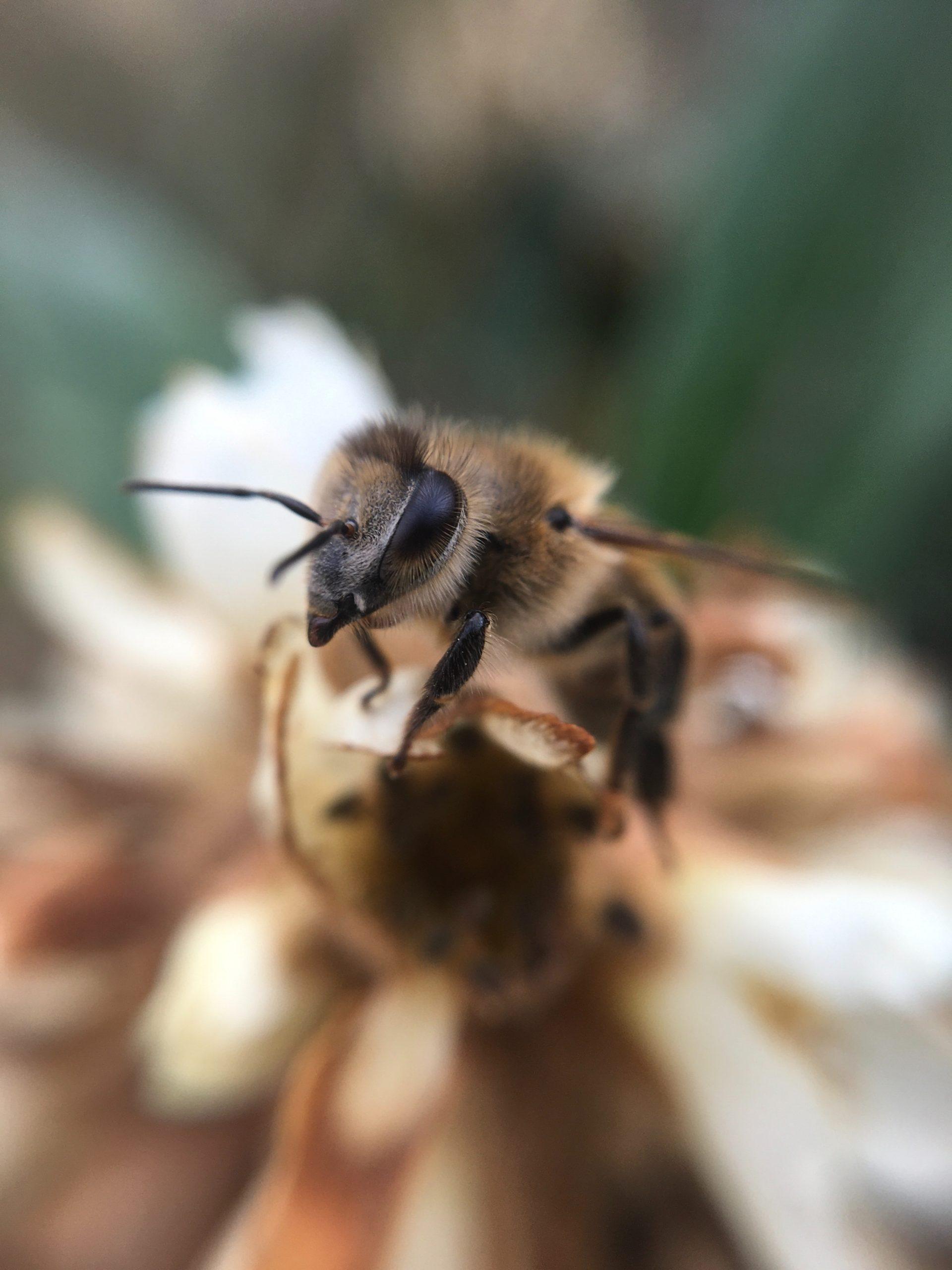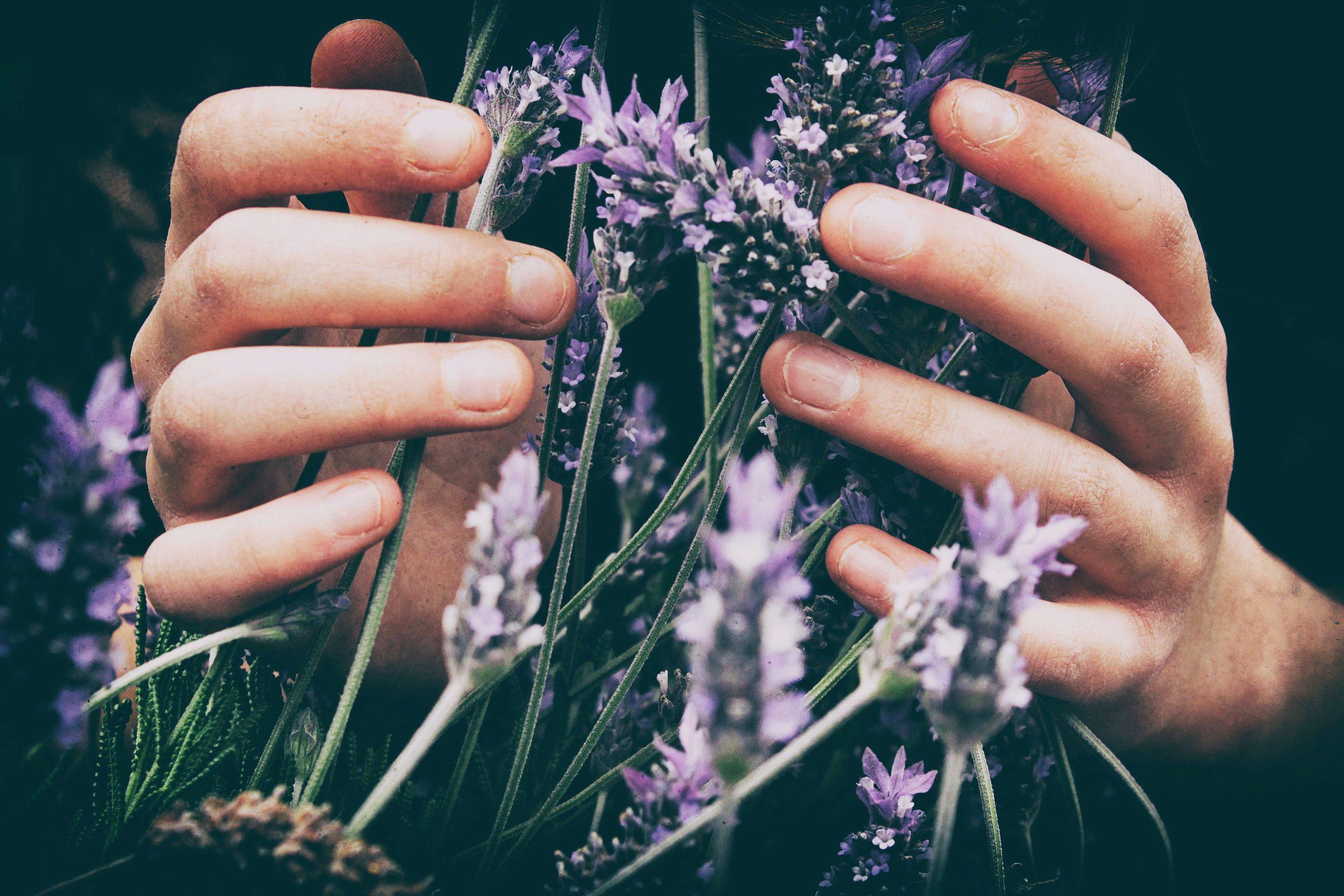February weather in Denver varies from highs in the 40’s & 50’s to night-time temperatures in the high teens to upper 20’s. The month is variable; almost always windy, with increasing sun intensity interspersed with periods of snow.
I do remember several years ago, however, when nothing was ‘typical’ and periods of almost record high 70-degree temperatures led to swelling of buds on fruit trees, that then of course opened in the midst of the next blast of blessed snow. We learn to expect that the ‘atypical’ is ‘normal’ for Denver.
Mother nature is beginning to awake in the midst of this and bursting forth throughout the month with an array of early bulbs and corms, such as: dwarf iris (Iris reticulata), often the first to show its grass-like leaves in early February, sometimes covered with snow and miraculously blooming; species and the regular crocus; snowdrops; the ‘allium’ (ornamental onion family) and shorter varieties of daffodils, tulips and grape hyacinth. Early spring-blooming shrubs such as lilacs and forsythia will often show noticeable bud swell from the middle to the end of February.
It is so exciting to take a daily walk around the garden, bending down to notice emerging foliage of perennials among still-standing dead, protective stems. Daily changes abound, sometimes covered with a blanket of snow. BEGIN your yearly journey by:

B | Being open to the connection between healthy soil and healthy growth
- Try and have your garden mimic the landscape of our tall grass prairies, covered with last year’s grass, providing the soil with a natural defense against storm and wind erosion.
- Be vigilant in reapplying straw, leaf, alfalfa mulch to garden beds.

E | Encouraging birds and beneficial insects to visit your garden
- Leave ‘dead’ perennial stalks, such as ornamental grasses, coneflowers, yarrow and others standing as a source of food and habitat.
- If possible, provide fresh, warm water for birds.
- Leave a mulch of small twigs and branches on the soil surface to attract ground-nesting bees.

G | Gather with friends and community gardeners virtually to plan for educational events
- It might be fun for different people to start different seeds indoors. Onions and leeks can be started in early to mid-February and by the end of the month, the first seeds of broccoli, cabbage and cauliflower can be sown.
- In your virtual sessions, share your successes and challenges of the prior season. See them as ‘teachable moments’.
- Involve children in the whole seed starting process to stimulate a life-long love for the earth and promote healthy eating.

I | Investigate the ‘greening of the garden’, noticing emerging garlic leaves, new growth at the base of mints, oregano and chives
- If possible, water garlic, bulbs, asparagus, chives, strawberries on days where temperatures are over 45 degrees.

N | Nurture small steps you take to center yourself in the quiet of the garden
- Before the frenzy of ‘everything growing at once’, appreciate this time of treasuring the sun, the soil and the bounty it will produce.



